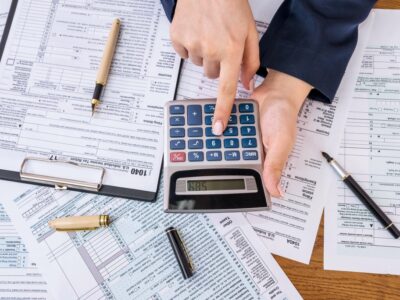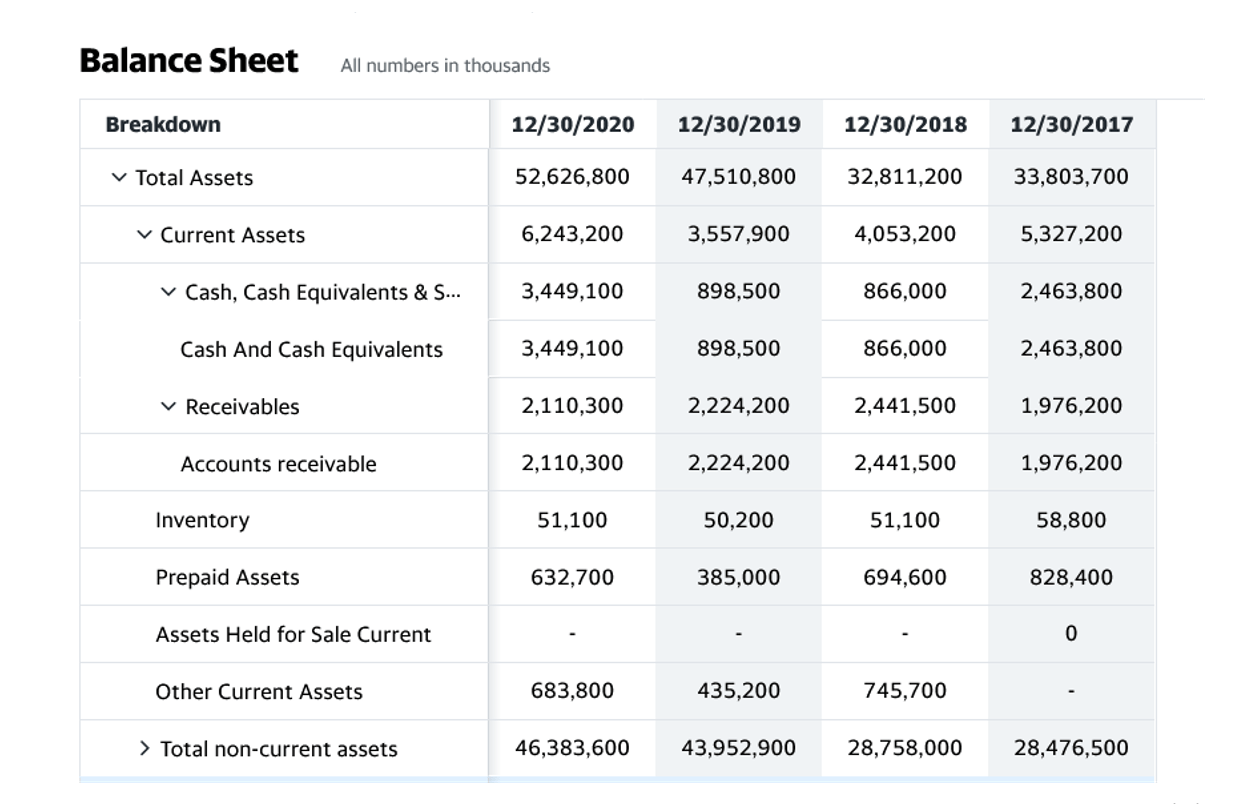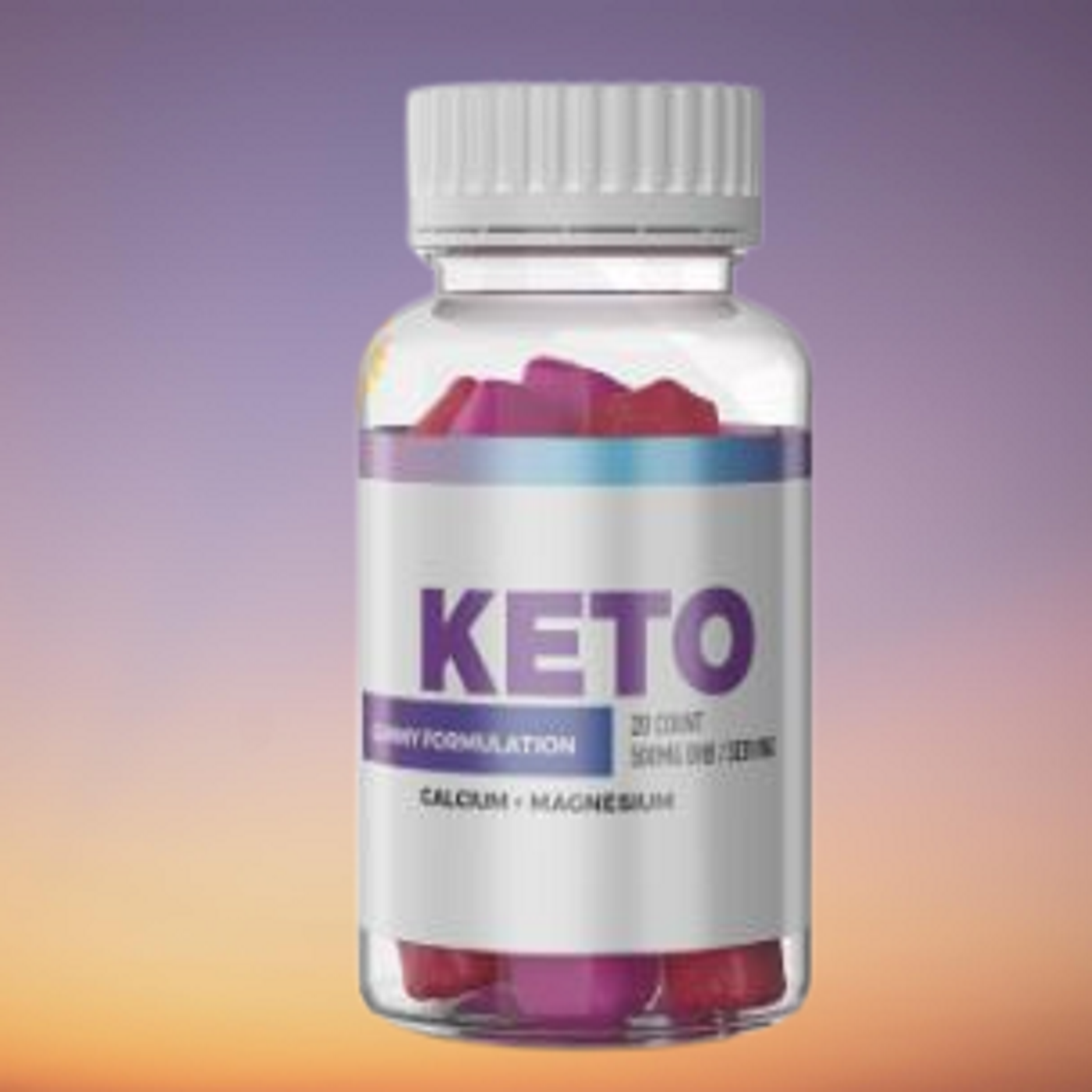Uncategorized
Cost of Goods Sold COGS Explained With Methods to Calculate It
by Author
-
Thursday, October 7, 2021
143 Views

All of these operating expenses are expressed as a percentage of sales. So first you will need to create your sales projections and then you should be able to apply these percentages to your sales. Once you build that initial base of repeat customers, some percentage of them will share about your shop.
- You should still show the revenue for 1 time customers, but your focus should be completely on those repeat, loyal customers.
- An auto repair shop must be visible from afar, so it would be worth investing some money in advertising boards so you can make passing motorists and nearby residents aware of its existence.
- However, because EBITDA doesn’t include taxes or capital costs, this metric should be used with caution when assessing the actual profitability of your auto repair shop.
- Adding another 25% for bills (electricity, water, gas), the total should be around $8,000 per month instead.
- Knowing the cost of goods sold helps analysts, investors, and managers estimate a company’s bottom line.
- Not all states currently comply with bonus depreciation, so check with your local regulations.
Costs of revenue exist for ongoing contract services that can include raw materials, direct labor, shipping costs, and commissions paid to sales employees. These items cannot be claimed as COGS without a physically produced product to sell, however. The IRS website even lists some examples of “personal service businesses” that do not calculate COGS on their income statements. Aside from a profit and loss statement, auto repair shops can benefit from other kinds of financial statements, including a cash flow statement and projected balance sheet. Having accurate, up-to-date financial information at your fingertips can help you develop financial projections to show to investors and banks if you’re applying for a loan.
How much cash is generated by the auto repair shop you plan to take over?
This makes sense for major machinery, such as lifts, that could last for several years. You can learn more about how to depreciate an asset and have TurboTax calculate your depreciation for you when filing your tax return. Self-employed mechanics can take advantage of many deductions to help lower the tax they’ll owe. All expenses need to be both “ordinary and necessary” in your trade as a mechanic. The IRS defines these expenses as ones that are common to your profession and help you accomplish your work-related tasks.

Assuming you need to do some basic renovations for the reception and office areas, make sure to set aside anywhere from $20,000 to $50,000. According to BizStats, the average Cost of Goods Sold for an Auto Repair Shop is 46.72% of your total sales. If you have a simple tax return, you can file for free yourself with TurboTax Free Edition, or you can file with TurboTax Live Assisted Basic or TurboTax Live Full Service Basic at the listed price. COGS only applies to those costs directly related to producing goods intended for sale. Yarilet Perez is an experienced multimedia journalist and fact-checker with a Master of Science in Journalism. She has worked in multiple cities covering breaking news, politics, education, and more.
Step 7 – What % of those Shared With Actually Become Customers
This includes your total sales (repair costs, parts sales, and materials sales like paint and motor oil) as well as sublet if you rent out parts of the workshop to individual mechanics. The costs involved in starting an auto repair shop depend on the capacity of the shop as well services you plan to offer. Indeed, the largest startup costs by far will be the equipment, machines and the refurbishment expenses you will have to incur before you can open your business. Cost of goods sold (COGS) is calculated by adding up the various direct costs required to generate a company’s revenues. Importantly, COGS is based only on the costs that are directly utilized in producing that revenue, such as the company’s inventory or labor costs that can be attributed to specific sales.
All features, services, support, prices, offers, terms and conditions are subject to change without notice. TurboTax Premium searches 500 tax deductions to get you every dollar you deserve. Get bookkeeping for auto repair shops direct access to a dedicated tax expert, with unlimited year-round advice, at no extra cost. In retail, COGS includes payment for merchandise purchased from suppliers and manufacturers.
Revenues
During periods of rising prices, goods with higher costs are sold first, leading to a higher COGS amount. For example, COGS for an automaker would include the material costs for the parts that go into making the car plus the labor costs used to put the car together. The cost of sending the cars to dealerships and the cost of the labor used to sell the car would be excluded. Looking for an accounting software solution that can handle all things COGS for you and your business? In FreshBooks, it helps you track and categorize your expenses more accurately.
- For this reason, companies sometimes choose accounting methods that will produce a lower COGS figure, in an attempt to boost their reported profitability.
- If you work as a mechanic, some of your key business expenses may be tax-deductible.
- Assuming you generate $100,000 in sales the first few months, you will need to spend anywhere from $50,000 to $60,000 in COGS.
- If a company can reduce its COGS through better deals with suppliers or through more efficiency in the production process, it can be more profitable.
- First, the IRS has a de minimis safe harbor election rules that allows eligible businesses to deduct tools as an expense as long as they cost $2,500 or less.
- If you are an auto repair shop, you are actually “selling” the parts themselves as part of your service.
There are some auto shops that cater to specific brands of cars instead of working on any type of car. By specializing you are able to let your garage become an expert in the field you choose. While catering to just a few brands can be lucrative, if you do decide to be a general garage, keep in mind that you cannot be everything to everyone. In general, a larger auto body shop can earn $100,000 per year, and mechanics themselves can make between $30,000 and $50,000 per year.
There are other ways to estimate repair costs
If you structure your GPM goals accordingly and track your sales and cost activity, your focus can shift to maximizing volume based on potential per service bay. However, if your labor sales are significantly higher than your parts sales over time, it usually means that you aren’t marking your parts up enough. Parts and accessories purchased from dealerships are normally priced somewhere lower on the spectrum, while parts and accessories purchased from jobbers are normally priced higher on the spectrum. If your parts sales are significantly higher than your labor sales over time, it usually means that your shop labor rate is too low. So in this model that I am building, this number represents your repeat customers. This is not asking how many actually come to the shop each month, just how many people would you consider to be on your repeat customer list.








